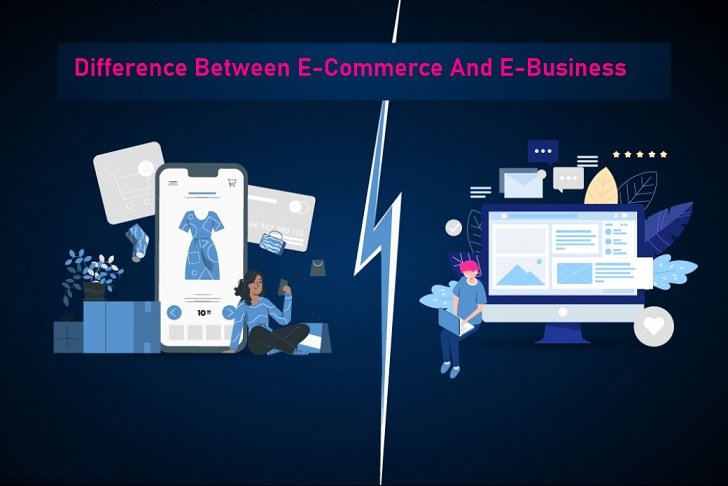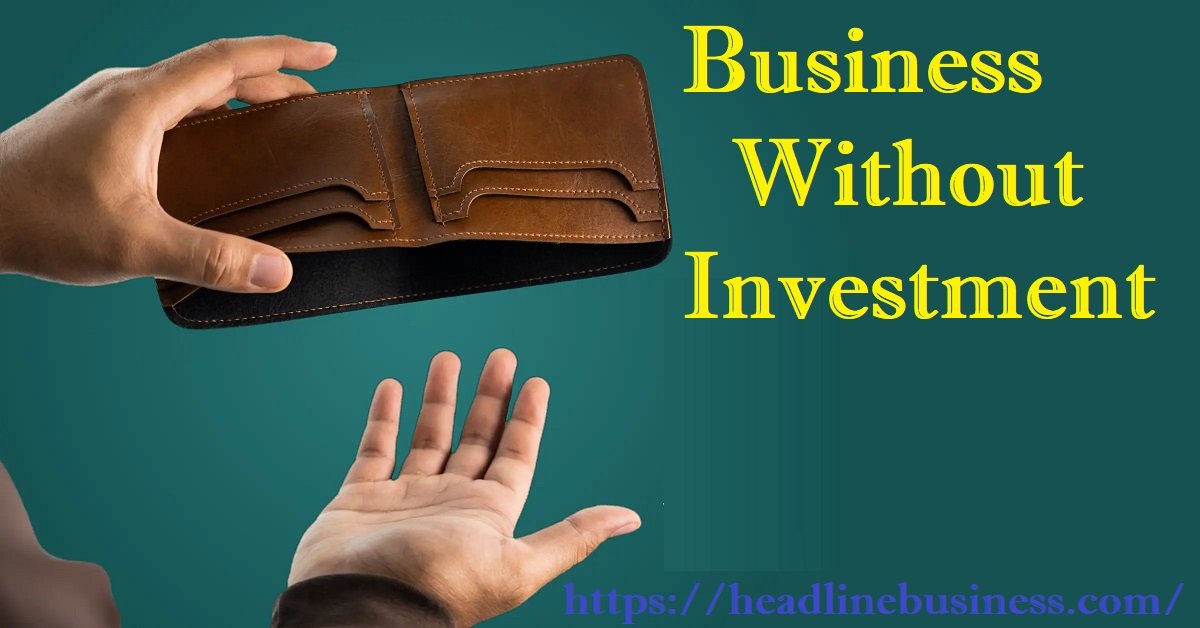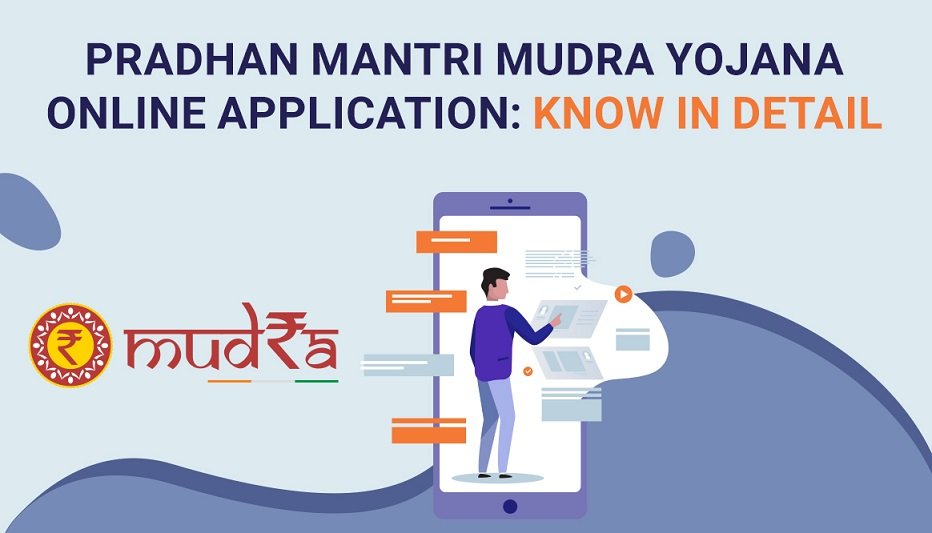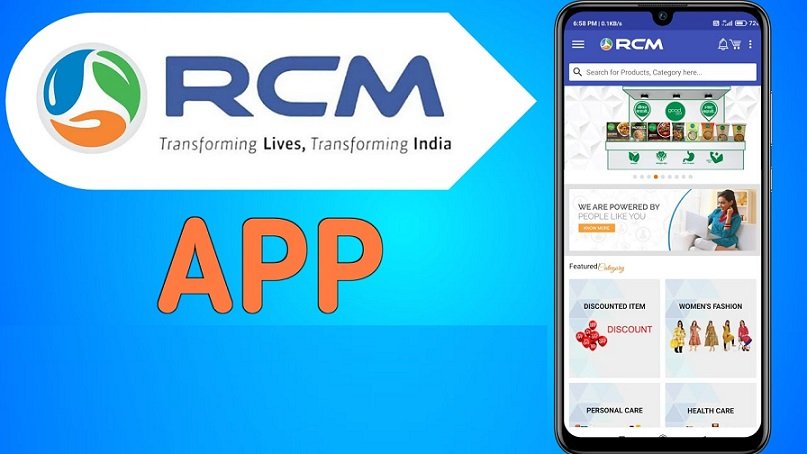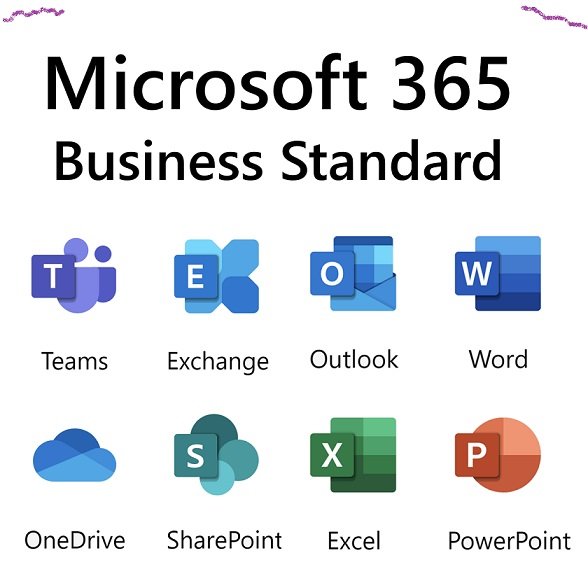Introduction: Understanding the Difference Between E-commerce and E-business
In today’s fast-paced digital world, the terms e-commerce and e-business are often used interchangeably. While they are related, they refer to two distinct concepts in the business landscape. Understanding the difference between these terms is crucial for business owners, marketers, and entrepreneurs who want to optimize their digital strategies.
This article delves deep into the differences between e-commerce and e-business, helping you understand their definitions, functions, and key features. We’ll explore the various business models, benefits, and provide examples of how each operates in the real world. Additionally, we’ll break down their roles in the modern business ecosystem and offer insights on how to leverage both for success.
Table of Contents
- What is E-commerce?
- Definition
- E-commerce Models
- Key Features of E-commerce
- What is E-business?
- Definition
- Types of E-business Models
- Key Features of E-business
- E-commerce vs. E-business: Key Differences
- Scope and Definition
- Business Transactions
- Technology Involved
- Customer Interaction
- Internal Business Processes
- E-commerce Business Models
- B2B (Business to Business)
- B2C (Business to Consumer)
- C2C (Consumer to Consumer)
- C2B (Consumer to Business)
- E-business Models
- B2B (Business to Business)
- B2C (Business to Consumer)
- B2G (Business to Government)
- C2B (Consumer to Business)
- E-commerce vs. E-business: Pros and Cons
- Benefits of E-commerce
- Challenges in E-commerce
- Benefits of E-business
- Challenges in E-business
- The Role of Technology in E-commerce and E-business
- Technological Advancements Driving E-commerce
- Technological Impact on E-business
- The Future of E-commerce and E-business
- Trends in E-commerce
- Innovations in E-business
- Conclusion
1. What is E-commerce?
Definition
E-commerce, or electronic commerce, refers to the buying and selling of goods and services over the internet. It involves transactions between businesses and consumers (B2C), businesses and other businesses (B2B), or even consumers selling to other consumers (C2C).
E-commerce Models
E-commerce can be categorized into four major types based on the participants involved:
- B2B (Business to Business): Businesses selling goods and services to other businesses. Examples include wholesale distributors.
- B2C (Business to Consumer): Businesses selling directly to consumers. Major examples include online retailers like Amazon.
- C2C (Consumer to Consumer): Platforms where consumers sell directly to other consumers. Examples include eBay and Craigslist.
- C2B (Consumer to Business): Consumers offering goods or services to businesses. This model is seen in freelancing websites like Upwork.
Key Features of E-commerce
- Online Transactions: The core function of e-commerce is the transaction of goods and services via online platforms.
- Online Payment Systems: E-commerce platforms rely on payment gateways like PayPal, Stripe, or credit card processing for secure transactions.
- Inventory Management: E-commerce businesses must manage their inventories through sophisticated software that tracks stock levels and orders.
- Product Listings: A critical feature of e-commerce is the listing of products with detailed descriptions, pricing, and images.
2. What is E-business?
Definition
E-business, or electronic business, encompasses a broader spectrum of business activities conducted over the internet. Unlike e-commerce, which focuses solely on the transaction aspect, e-business includes all aspects of running a business online—such as internal processes, customer relationship management (CRM), supply chain management, and online marketing. E-business integrates all digital technologies to enhance efficiency and productivity.
Types of E-business Models
- B2B (Business to Business): Involves transactions and collaboration between businesses. For example, a manufacturer supplying components to a company that assembles products.
- B2C (Business to Consumer): Involves businesses providing goods and services directly to consumers, similar to e-commerce but with a broader business scope.
- B2G (Business to Government): Businesses offering products or services to government agencies.
- C2B (Consumer to Business): Involves consumers offering services or products to businesses. Freelancing platforms and crowdsourcing are examples.
Key Features of E-business
- Business Operations: E-business includes not just the sales aspect but also supply chain management, inventory control, human resources, and finance.
- Customer Interaction: Unlike e-commerce, e-business platforms are more focused on establishing long-term relationships with customers, using CRM tools.
- Automation and Integration: E-business integrates various software solutions to automate tasks and manage business functions more efficiently.
- Data Management: E-business requires robust data systems to manage customer information, inventory data, and business performance metrics.
3. E-commerce vs. E-business: Key Differences
In this section, we compare the two concepts across multiple dimensions:
| Feature | E-commerce | E-business |
|---|---|---|
| Scope | Focuses mainly on buying and selling goods | Encompasses a wider range of business activities, including internal operations |
| Transaction Type | Buying and selling goods or services | Includes all digital business operations, including sales, marketing, and management |
| Customer Interaction | Primarily transactional | Builds and maintains long-term relationships with customers |
| Technology Use | Primarily focuses on e-commerce platforms | Involves ERP, CRM, supply chain software, and more |
| Business Functions | Sales transactions only | Manages all business operations digitally |
4. E-commerce Business Models
In e-commerce, several business models exist, each with its unique characteristics. Here are the most common:
B2B (Business to Business)
This model involves businesses selling products or services to other businesses. For example, a wholesale distributor selling bulk products to retailers. The B2B model often requires complex pricing structures, large order volumes, and customized services.
B2C (Business to Consumer)
This is the most well-known e-commerce model, where businesses sell directly to consumers. Examples include online retailers like Amazon and Shopify stores. In B2C, the transaction volume is high, but the individual sales value is often lower compared to B2B.
C2C (Consumer to Consumer)
This model allows consumers to sell directly to other consumers. Online auction sites like eBay or peer-to-peer platforms like Craigslist are prime examples of the C2C model.
C2B (Consumer to Business)
In this model, consumers provide goods or services to businesses. This is seen in freelancing websites, where individuals offer their services to companies for a fee.
5. E-business Models
E-business models involve a more integrated approach to business operations, as they combine internal processes, marketing strategies, and customer interactions in a seamless digital environment. Some common e-business models include:
B2B (Business to Business)
Similar to e-commerce, but it extends beyond sales to include supply chain management, CRM, and enterprise resource planning (ERP).
B2C (Business to Consumer)
B2C e-business platforms provide direct access to products and services, but the focus extends to customer engagement, loyalty programs, and data analytics.
B2G (Business to Government)
This model is used by businesses that contract with government agencies. It includes services such as e-procurement and online government services.
C2B (Consumer to Business)
In this model, consumers provide businesses with goods or services. Crowdsourcing platforms like Kickstarter are an example where consumers contribute to business operations.
6. E-commerce vs. E-business: Pros and Cons
Benefits of E-commerce
- Wider Reach: E-commerce enables businesses to reach a global audience.
- Convenience: Online transactions can take place 24/7, providing convenience for both businesses and customers.
- Cost-Effective: Running an e-commerce store often involves fewer operational costs compared to traditional brick-and-mortar stores.
Challenges in E-commerce
- Security Concerns: Online transactions can be vulnerable to cyber threats.
- Customer Trust: Some consumers may hesitate to buy products from unfamiliar online retailers.
Benefits of E-business
- Efficiency: Automates and streamlines business operations, reducing manual tasks.
- Comprehensive Solutions: Covers all aspects of a business, from sales to internal management.
- Data-Driven Insights: Provides valuable data on customer behavior and operational efficiency.
Challenges in E-business
- Complex Setup: E-business systems require integrated software solutions, which can be expensive and complex to implement.
- Dependence on Technology: E-business relies heavily on technology, making businesses vulnerable to system failures.
7. The Role of Technology in E-commerce and E-business
Technology plays a pivotal role in both e-commerce and e-business. From websites and payment gateways to ERP systems and data analytics, technological advancements enable both forms of business to thrive.
Technological Advancements Driving E-commerce
E-commerce platforms leverage technologies such as AI, machine learning, and data analytics to enhance customer experiences, improve product recommendations, and streamline logistics.
Technological Impact on E-business
E-business benefits from more integrated technologies, like ERP and CRM systems, which help businesses manage inventory, human resources, and customer relations all in one system.
8. The Future of E-commerce and E-business
Trends in E-commerce
- Mobile Shopping: More consumers are shopping via smartphones, pushing businesses to optimize for mobile.
- Personalized Experiences: AI-driven product recommendations and customized marketing are becoming common.
Innovations in E-business
- Automation: Increased use of automation tools to manage supply chains and customer service.
- Blockchain: Some e-businesses are beginning to experiment with blockchain for secure transactions and data management.
9. Conclusion
While e-commerce and e-business may seem similar, they represent different aspects of modern business. E-commerce is specifically concerned with online sales, while e-business covers a wider range of digital business activities, including internal processes, customer relations, and more. Understanding these differences is essential for any business looking to succeed in the digital age.
Whether you’re running an online store or a large enterprise, embracing both e-commerce and e-business models can provide your company with the tools and strategies necessary to thrive in today’s interconnected world.
